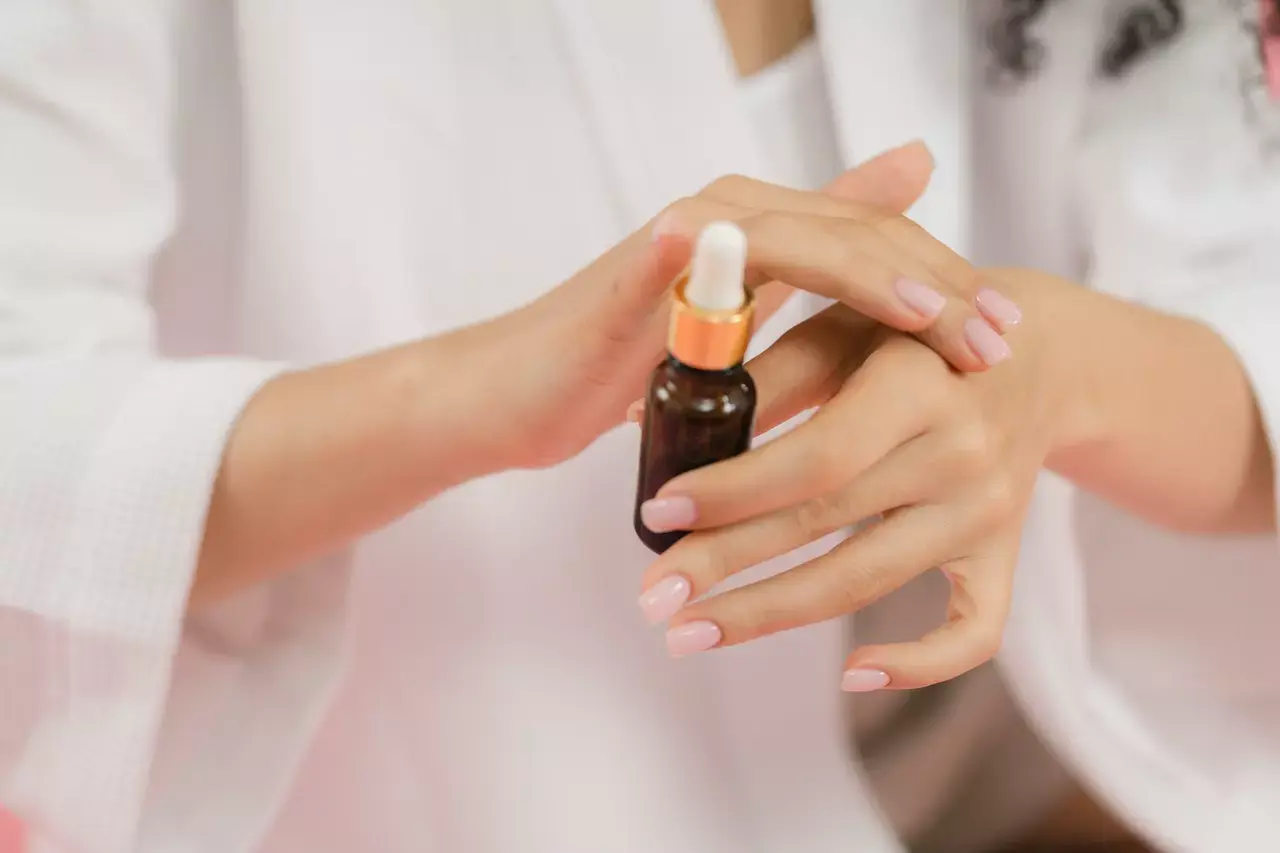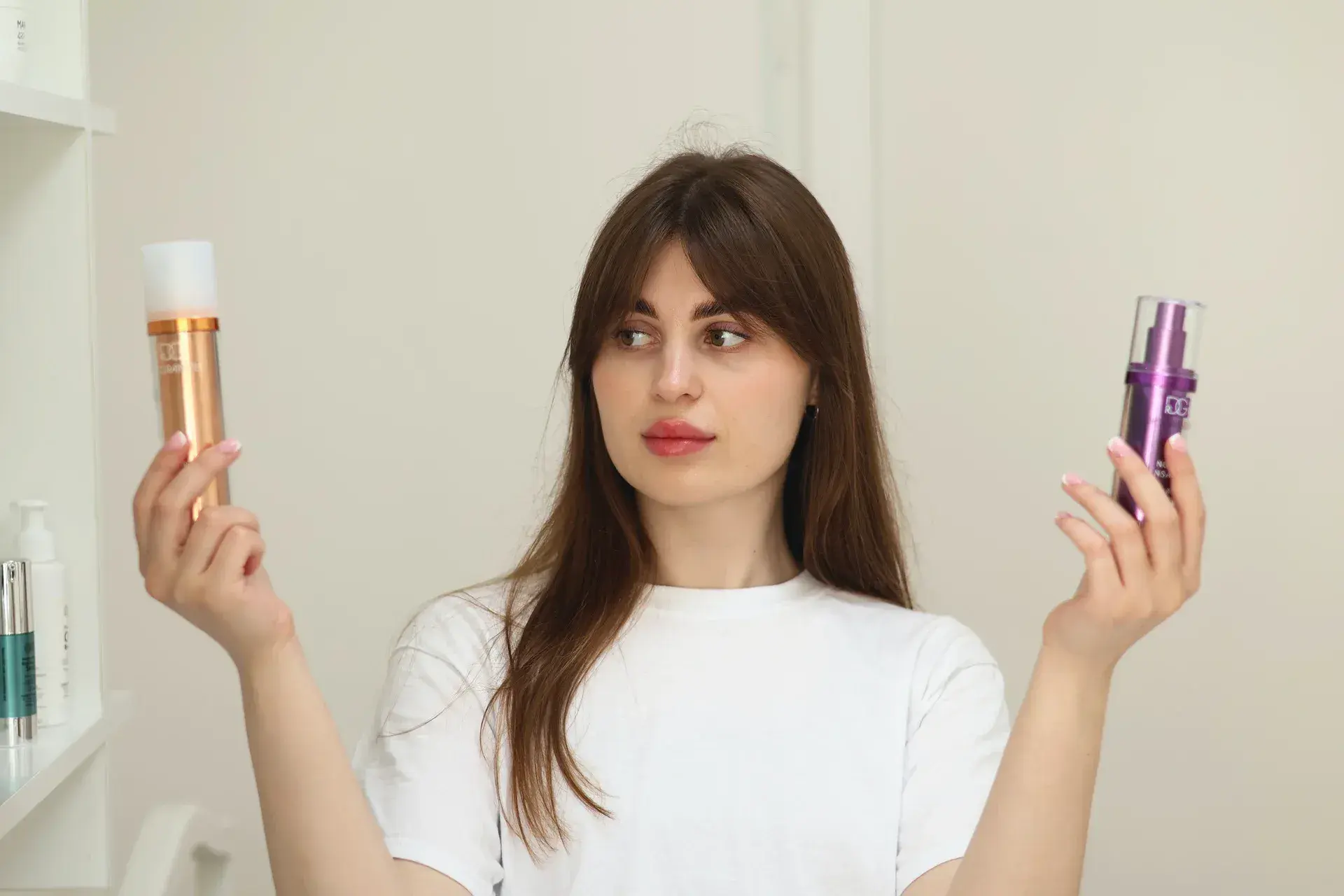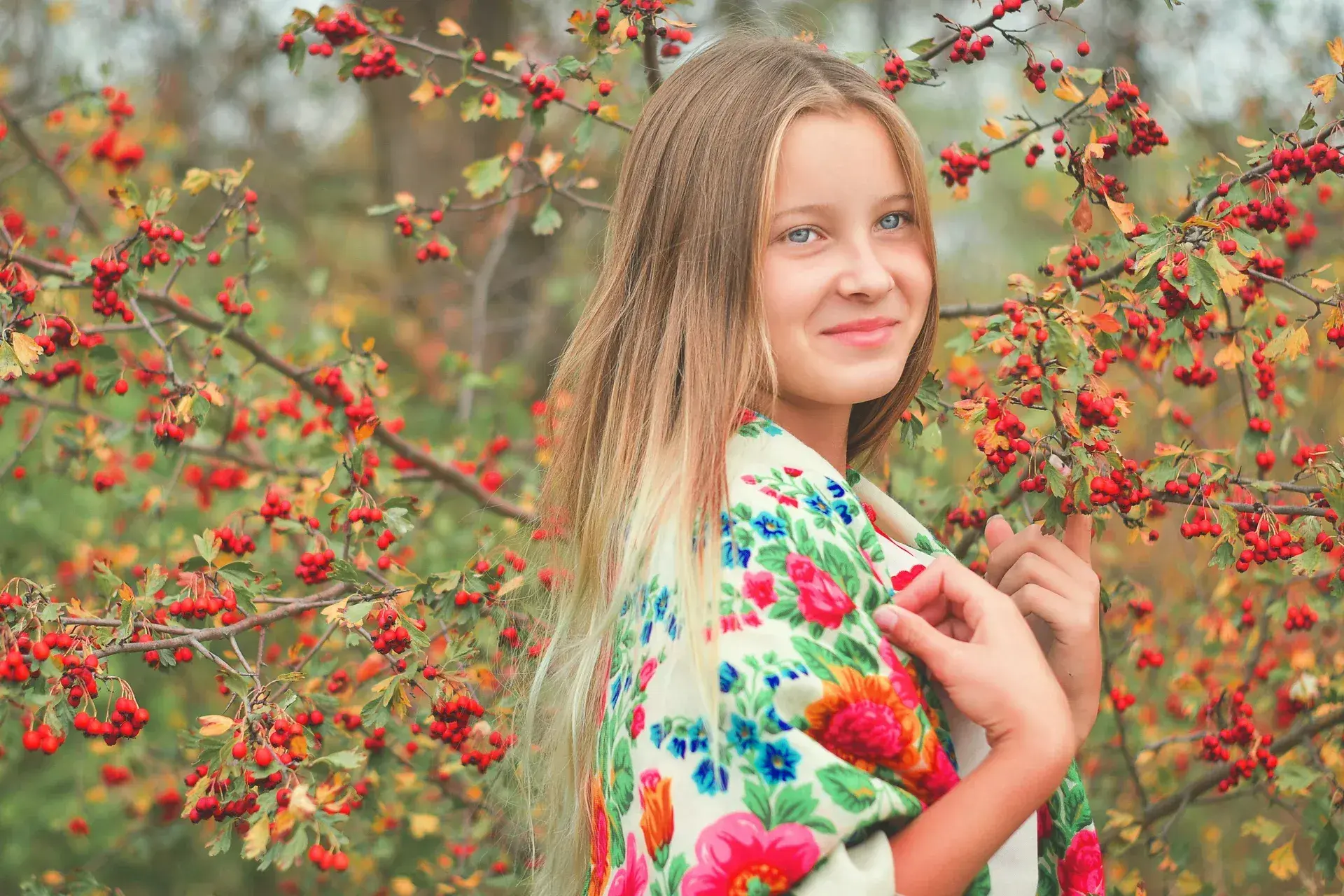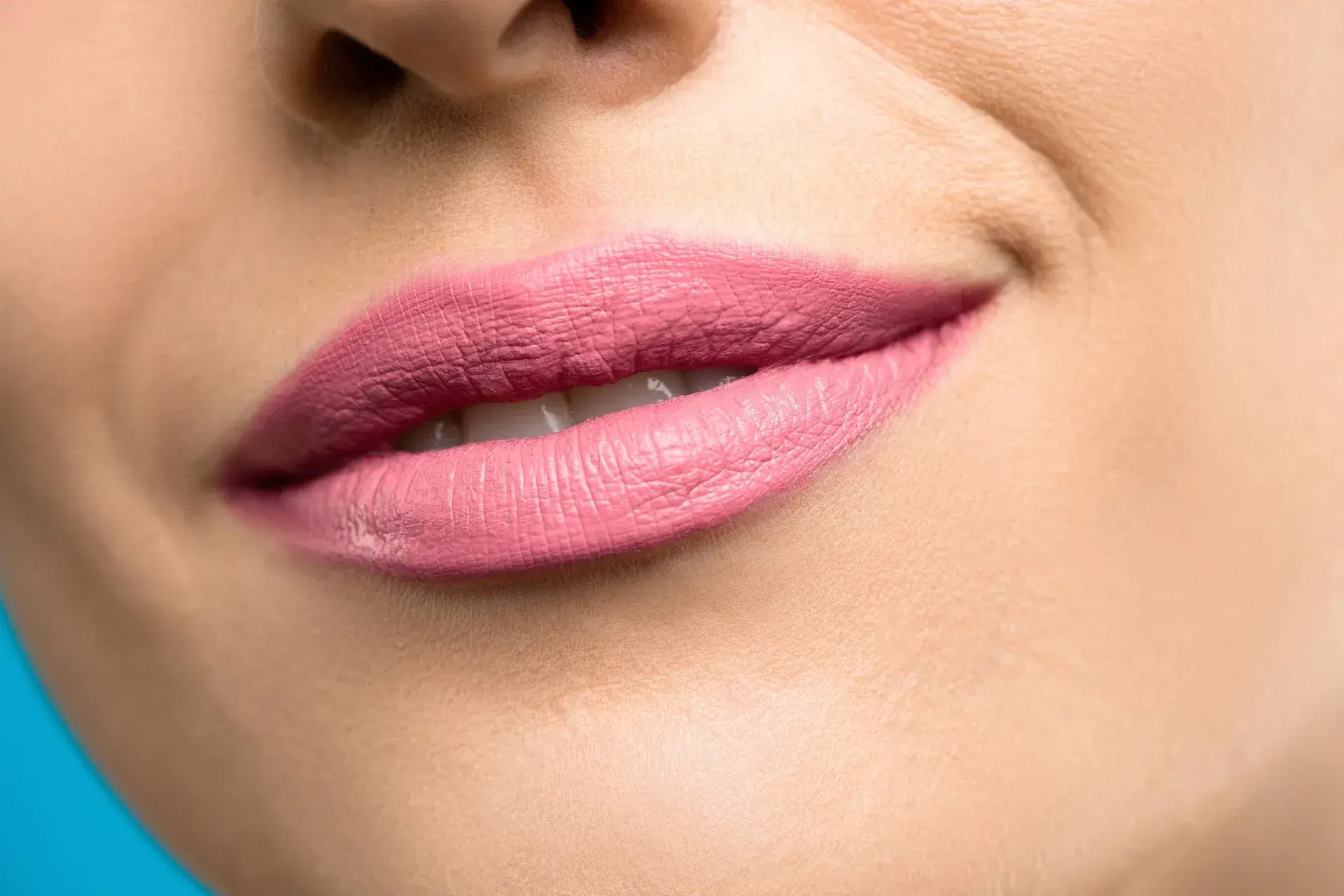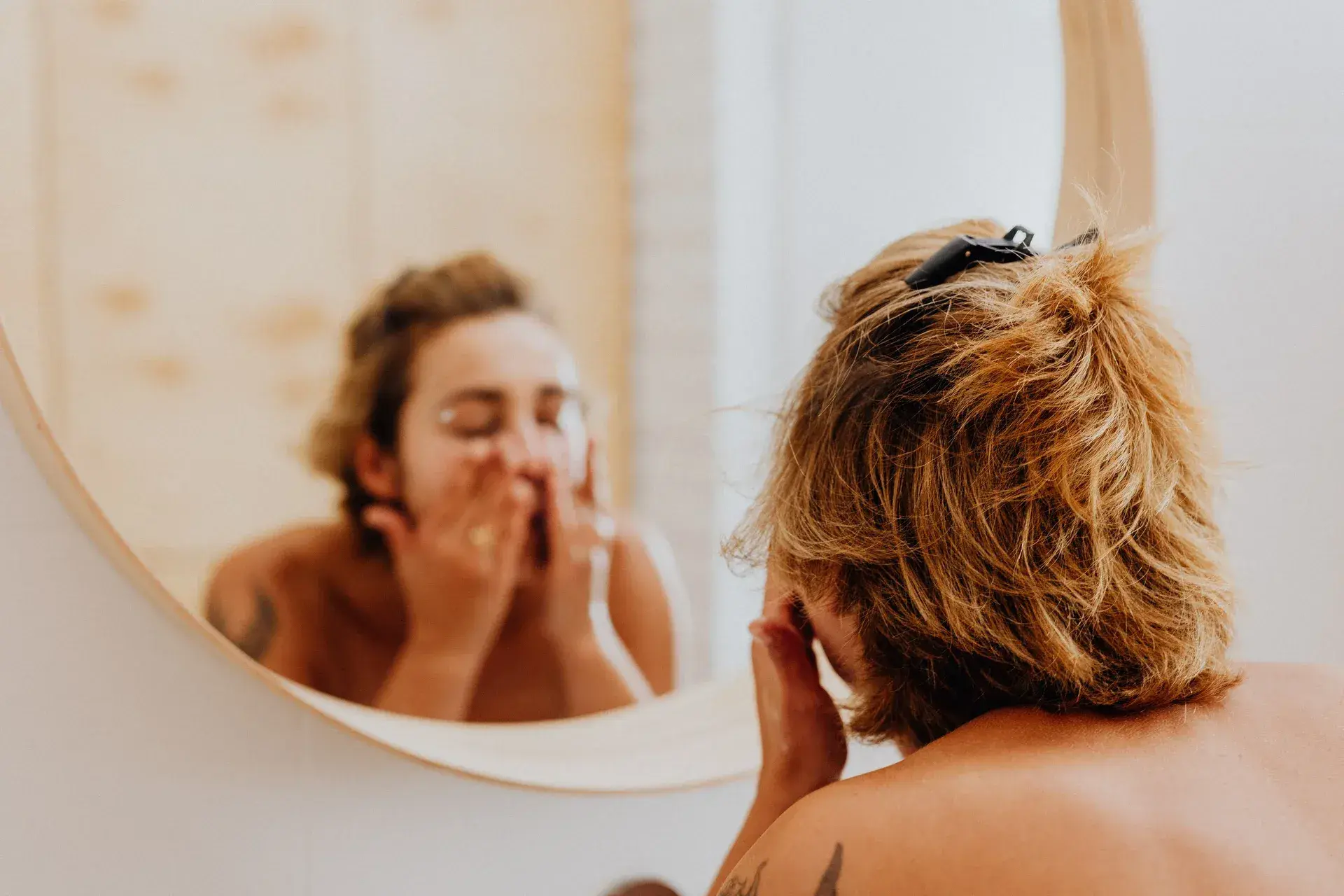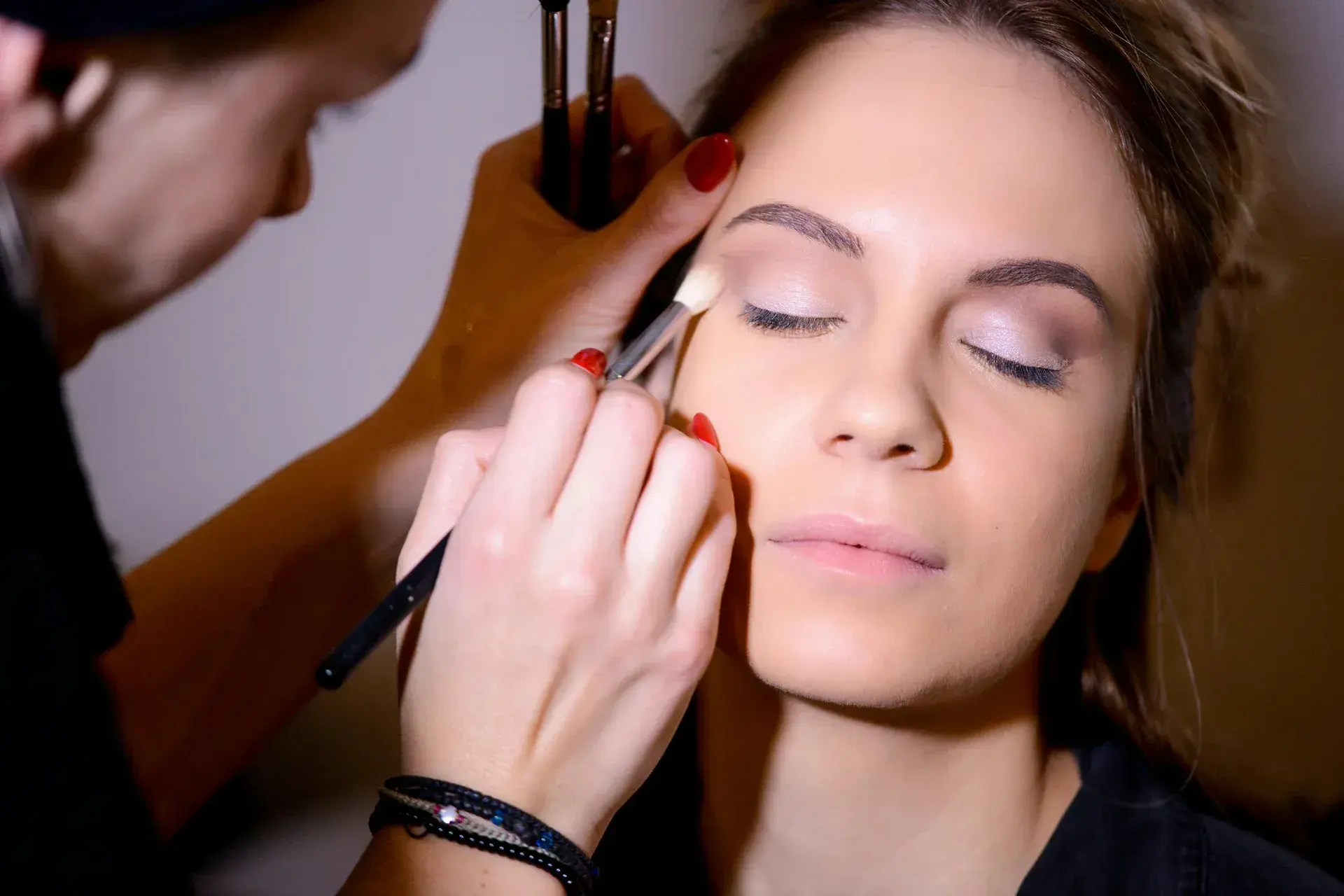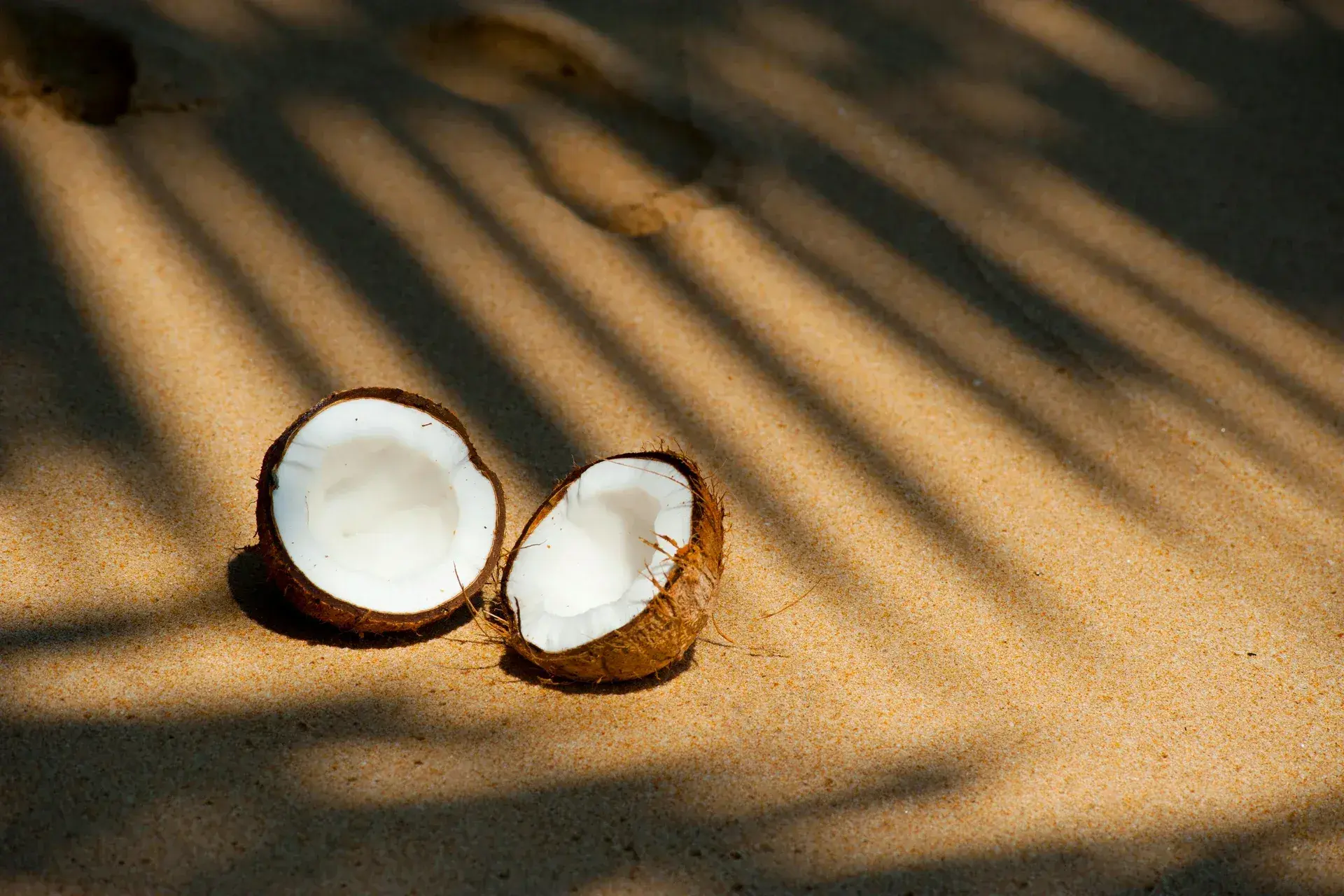Plasmolifting in cosmetology: a second wind of an effective procedure
Beauty and health – the most popular goods of our time. Today, a lot of methods have been developed, promising to quickly return youth and beauty. But sometimes the pursuit of the result ignores the most important principle of “do no harm”. That is why medicine and cosmetology are now returning to its origins and is seeking the most gentle and natural methods of influence. One such technique is plasmolifting, which has been used in medicine since the 1970s. Due to its effectiveness and safety, it ceased to be an exclusively medical procedure and was integrated into cosmetology.
How does plasmolifting carry out?
Before the procedure, cosmetologist takes the client’s venous blood, which is then placed in a centrifuge, where it is divided into two fractions: the liquid and blood cells. The autoplasma obtained in this way, if necessary, is enriched with vitamins and, after some laboratory manipulations, is injected subcutaneously into the places of maximum age changes. Usually, no more than 4-5 injections are done.
Since the composition of the introduced product is completely natural, allergic reactions and rejection of the material are excluded.
What must be expected in the result?
After healing injections, skin begins to regenerate actively: wounds are healed, acne and traces of acne disappeared, the collagen layer of the skin is restored, an updated lipid subcutaneous layer is formed. The introduction of platelet-enriched autoplasma slows the death of hair follicles, prolonging their life cycle and stimulating their activity. As a result, hair begins to grow actively, baldness slows down.
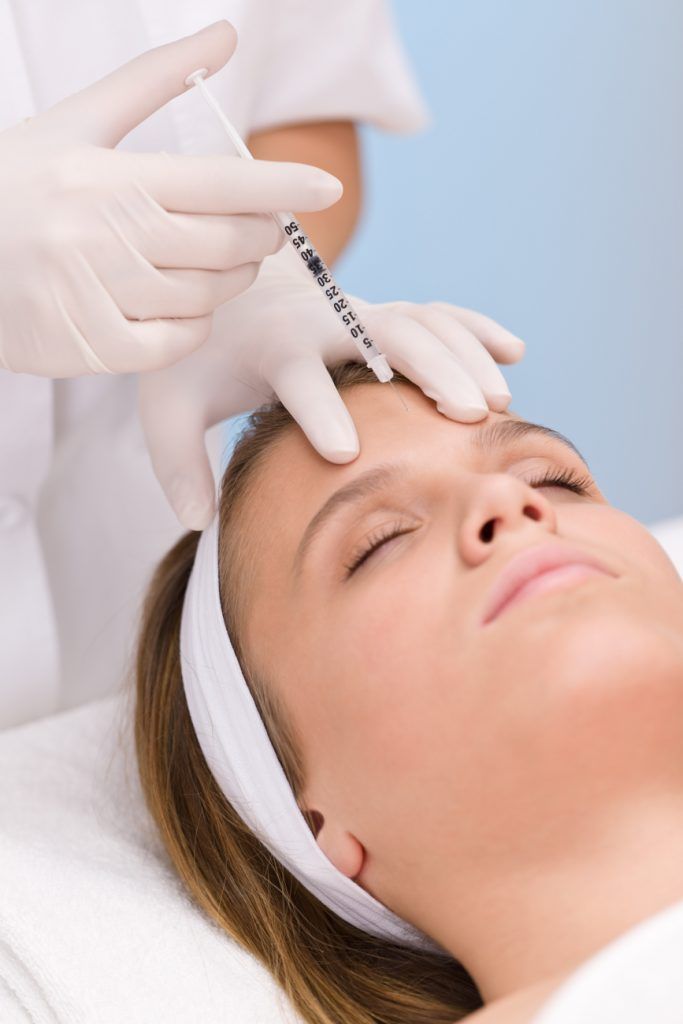
Who needs this procedure
Plasmolifting is suitable for solving many problems, such as:
- age sagging and flabbiness of the skin and soft tissues of the face;
- dryness and uneven colour of the dermis (“smoker’s face”);
- “crow’s feet” around the eyes;
- traces of acne and post-acne, scars;
- the second chin and flabbiness of the skin in the décolleté zone.

